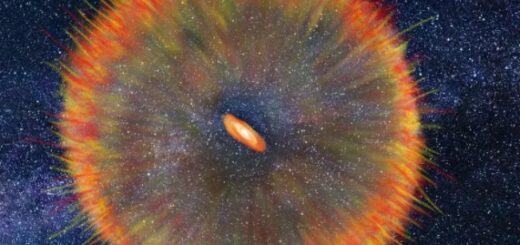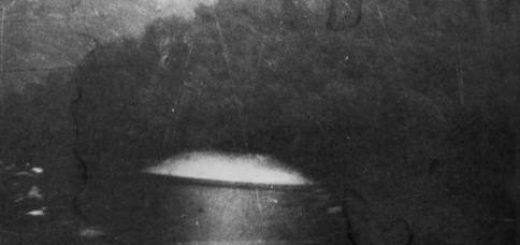Nereid: Neptune’s Boomerang Moon With Eccentric Trajectory

– Many moons in our Solar System have very special characteristics.
One of them is Nereid, Neptune’s third largest moon located behind Triton and Proteus.
It has a diameter of approximately 340 kilometers (211 miles) and its most interesting characteristic is that it has the most fluctuating orbit of any moon in the Solar System!
Its orbital period is 360.16 Earth days and the age of this moon is estimated to be about 4.5 billion years.
See also:
Miranda: Probably The Strangest Of Uranus’ Moons
Cosmic Mystery – What Happened To Earth’s Second Moon?
Cosmic Mystery – What Huge Object Caused The Hole In One Of Saturn’s Rings?
More About Astronomy
Nereid is an irregular satellite orbiting Neptune in a very eccentric and inclined orbit, varying from 9.65 million kilometers (6 million miles) away from the planet to just 1.37 million kilometers (854,000 miles) at its closest position.
It was discovered by Dutch-American astronomer Gerard Kuiper, in 1949, while he was working at the McDonald Observatory in Texas.
Over the years, researchers have also reported Nereid’s unusual brightness according to observations conducted in different periods of time, also from night-to-night.
Nereid is the second of Neptune’s moons to be discovered (and last moon of Neptune to be discovered before the arrival of Voyager 2).
Astronomers have long tried to solve a mystery of Nereid’s eccentric trajectory.
According to one theory, the satellite might be an asteroid captured from the Kuiper asteroid belt in the outer Solar System, which could easier explain its unusual orbit.
It is also possible that Nereid was once an inner moon and was perturbed during the capture of Neptune’s largest moon Triton.
However, to learn much more about Nereid is not any easy task for astronomers.
It is difficult to make astronomical observations of a dark moon Nereid. This celestial body has a surface, composed mostly of ice and silicon, which means it reflects only 14 percent of sunlight it receives..
It is extremely faint and Voyager 2 was only able to take a low-resolution image of it when it passed in 1989.
source2



 Creators of mankind
Creators of mankind Description of “Tall white aliens”
Description of “Tall white aliens” Where they came from?
Where they came from? About hostile civilizations
About hostile civilizations The war for the Earth
The war for the Earth “Tall white aliens” about eternal life
“Tall white aliens” about eternal life Video: “Nordic aliens”
Video: “Nordic aliens” Aliens
Aliens Alien encounters
Alien encounters The aliens base
The aliens base UFO
UFO Technology UFO
Technology UFO Underground civilization
Underground civilization Ancient alien artifacts
Ancient alien artifacts Military and UFO
Military and UFO Mysteries and hypotheses
Mysteries and hypotheses Scientific facts
Scientific facts


















